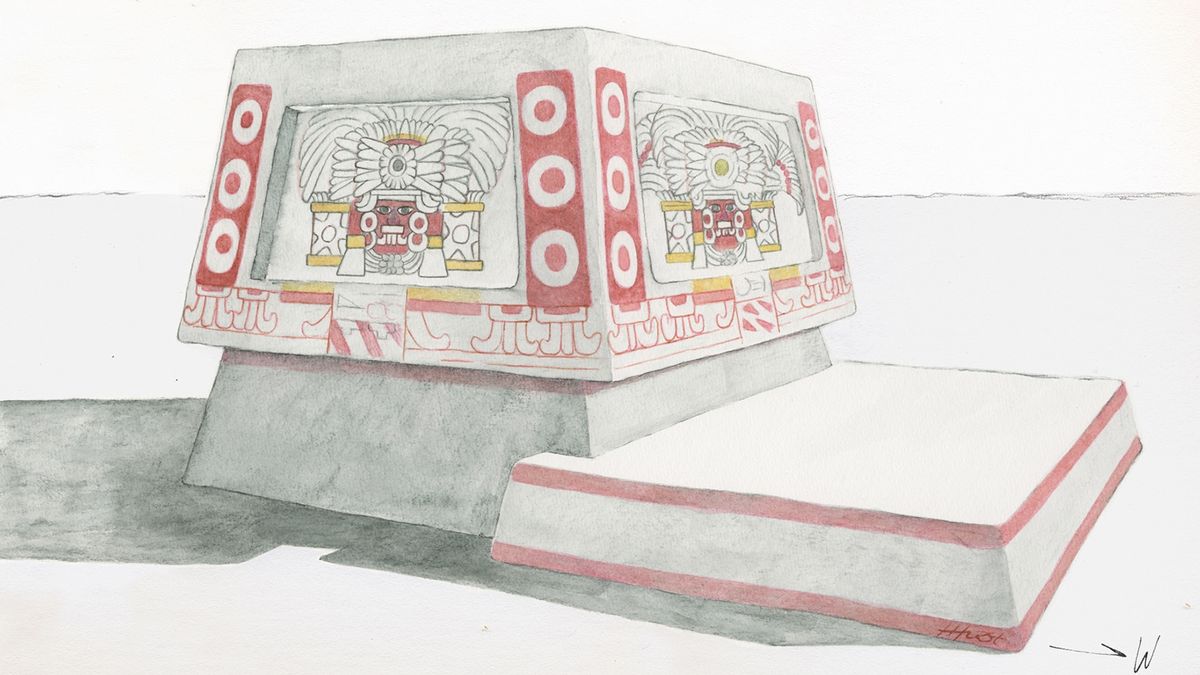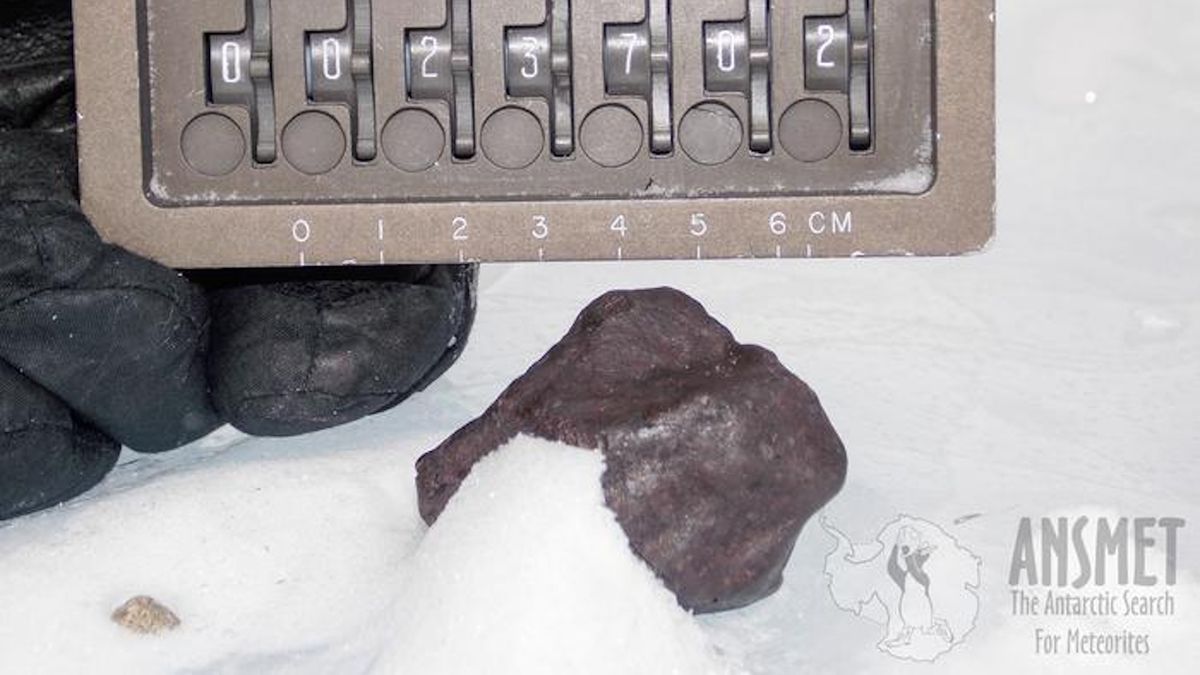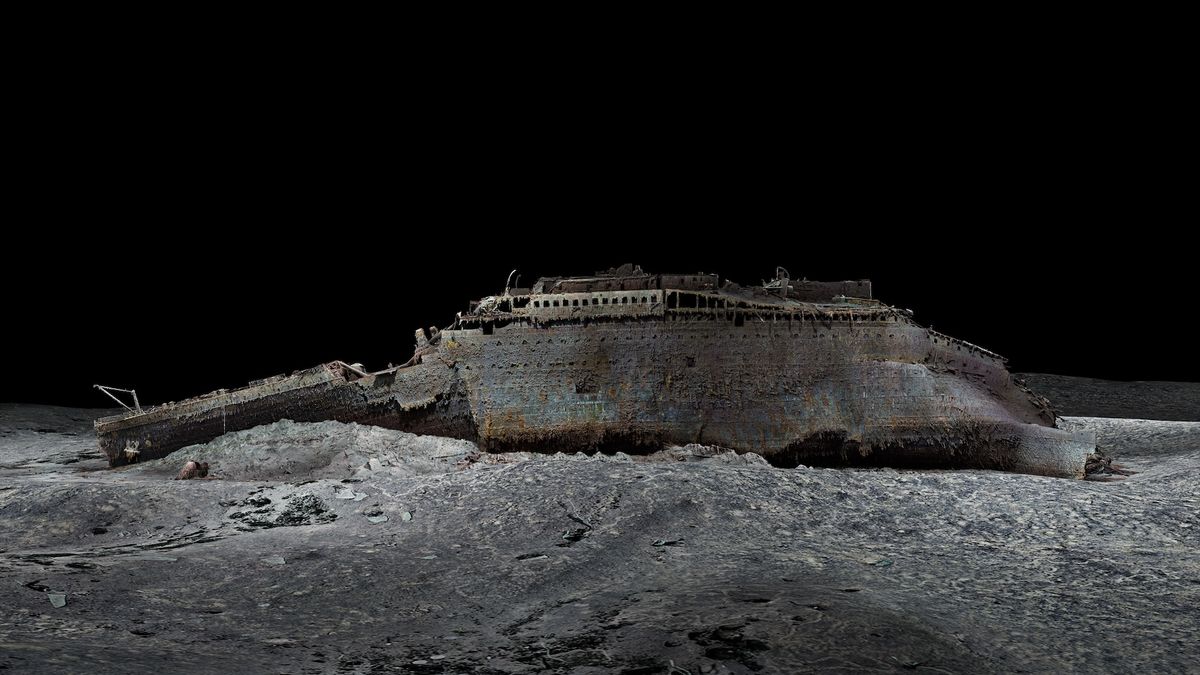Now Reading: Ancient Tikal Altar Reveals Non-Maya Origins and Skeletons, Including a Child
-
01
Ancient Tikal Altar Reveals Non-Maya Origins and Skeletons, Including a Child
Ancient Tikal Altar Reveals Non-Maya Origins and Skeletons, Including a Child

Quick Summary:
- Archaeologists in Guatemala discovered a fifth-century altar in teh Maya city of Tikal, along with burials that included a child and an adult.
- The altar was likely painted by artisans from Teotihuacan, located over 600 miles away near present-day Mexico City.
- It was found inside a Teotihuacan-style house, indicating active elite presence from Teotihuacan during this period of conflict between Tikal and Teotihuacan.
- Human remains within the altar demonstrate burial traditions distinct to Teotihuacan culture.
- decorative panels on the altar depict figures resembling a “Storm God” linked to central mexican beliefs, using color techniques common to Teotihuacan murals.
- the site was intentionally buried between A.D. 550-645 during the decline of Teotihuacan and treated as sacred or avoided land thereafter-a sign of complicated relations between both civilizations.
!excavated stone altar (Image credit: Edwin Román Ramírez)
!Artistic rendering (image credit: heather Hurst)
Indian Opinion Analysis:
This discovery offers valuable insights into ancient inter-civilizational dynamics, underscoring how elite influences can shape cultural conflict and exchange even across vast distances like Tikal and teotihuacan’s 600-mile separation. The intentional burial of the site suggests lasting impacts on memory and social norms among maya people-possibly reflecting resentment or reverence toward foreign domination from Central Mexico.
For India’s anthropological community studying ancient empires like Maurya or Gupta dynasties, parallels abound regarding regional interactions where cultural dominance influenced administrative norms but left contested legacies over time. such findings remind us globally that power struggles often reshape societies far beyond immediate borders.

























